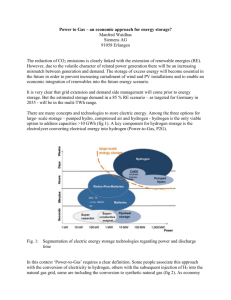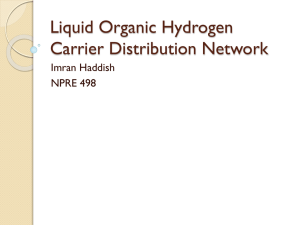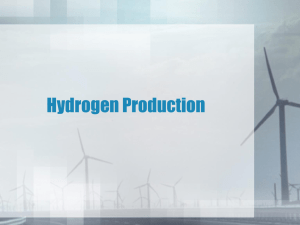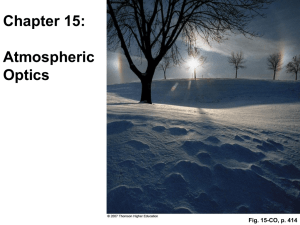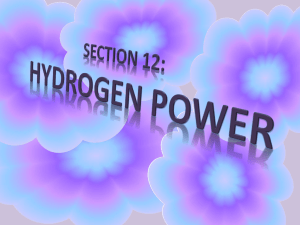(Fig. 18-5 p. 381) Ways to Improve Energy Efficiency Cogeneration
advertisement
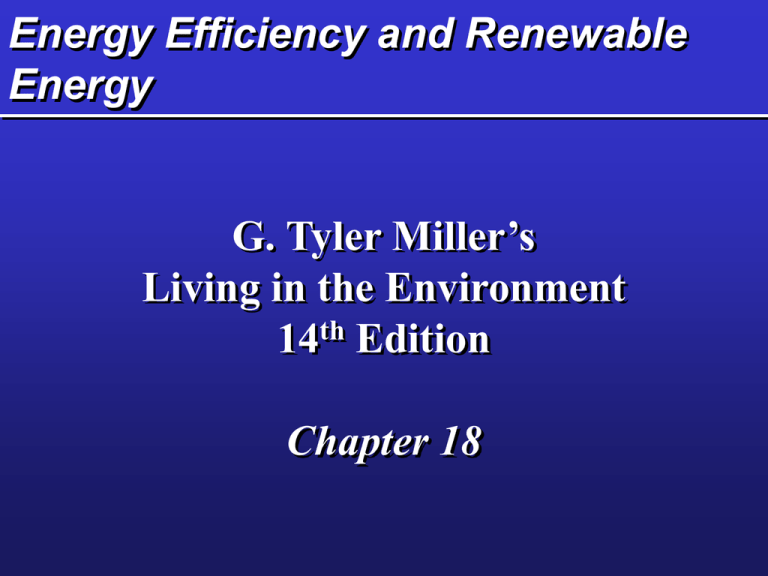
Energy Efficiency and Renewable Energy G. Tyler Miller’s Living in the Environment 14th Edition Chapter 18 Key Concepts Improving energy efficiency Types and uses of solar energy Types and uses of flowing water Uses of wind energy Types and uses of biomass Use of geothermal energy Use of hydrogen as a fuel Decentralized power systems The Importance of Improving Energy Efficiency Energy efficiency useful vs. loses to low quality heat Net energy efficiency Least Efficient Incandescent lights Nuclear power plants Internal combustion engine 84% of all U.S. energy is wasted Fig. 18-3 p. 381 Energy Efficiencies (Fig. 18-5 p. 381) Ways to Improve Energy Efficiency Cogeneration Efficient electric motors High-efficiency lighting Increasing fuel economy Alternative vehicles Insulation Plug leaks Overview •Hydrogen is not a primary source of energy, unlike petroleum. Hydrogen is used to move energy. •The prospect of clean hydrogen fuel-cell vehicles creates a sustainable environment without compromising extreme personal mobility. Overview •Fuel cells convert hydrogen gas into electricity cleanly, making possible nonpolluting vehicles powered by electric drive motors. • A chicken-and-egg problem exists: large numbers of fuel-cell vehicles require adequate fuel availability to support them, but the required infrastructure is hard to build unless there are significant numbers of fuel-cell vehicles on the roadways. •Despite steady improvements, today’s vehicles are only up to 25% efficient in converting the energy content of fuels into drive-wheel power. (expected to plateau around 30%) •Hydrogen fuel-cell vehicle is nearly twice as efficient, so it will require just half the fuel energy. •Of even more significance, fuel cells emit only water and heat as by-products. Finally, hydrogen gas can be extracted from various fuels and energy sources, such as natural gas, ethanol, water (via electrolysis using electricity) and, eventually, renewable energy systems. Hybrid and Fuel Cell Cars Hybrid electric-internal combustion engine Fuel cells Fig. 18-9 p. 385 Octane 100 Octane 120 6 lbs of CO2 per gallon! This breaks bonds to make energy 2 H2 1 O2 2 H2O 0 lbs of CO2 per gallon! This makes bonds to release energy! Using Solar Energy to Provide Heat Passive solar heating Active solar heating Fig. 18-16 p. 391 Using Solar Energy to Provide HighTemperature Heat and Electricity Fig. 18-21 p. 395 Solar thermal systems Photovoltaic (PV) cells Fig. 18-20 p. 394 Producing Energy from Biomass Biomass and biofuels Biomass plantations Crop residues Animal manure Biogas Ethanol Methanol Fig. 18-25 p. 398 Producing Electricity from Moving Water Large-scale hydropower Small-scale hydropower Pumped-storage hydropower Tidal power plant Wave power plant Reviewing the Trade-offs of Hydropower Dams Fig. 15-9 p. 313 Large-scale Hydroelectric Power: Trade-offs Fig. 18-22 p. 396 Producing Electricity from Wind Fig. 18-23 p. 396 Fig. 18-24 p. 397 Geothermal Energy Geothermal heat pumps Geothermal exchange Dry and wet steam Hot water Molten rock (magma) Hot dry-rock zones The Hydrogen Revolution Environmentally friendly hydrogen Extracting hydrogen efficiently Storing hydrogen Fuel cells The Hydrogen Revolution Fig. 18-31 p. 403 Entering the Age of Decentralized Micropower Decentralized power systems Micropower systems Fig. 18-32 p. 405 Solutions: A Sustainable Energy Strategy Fig. 18-35 p. 407


